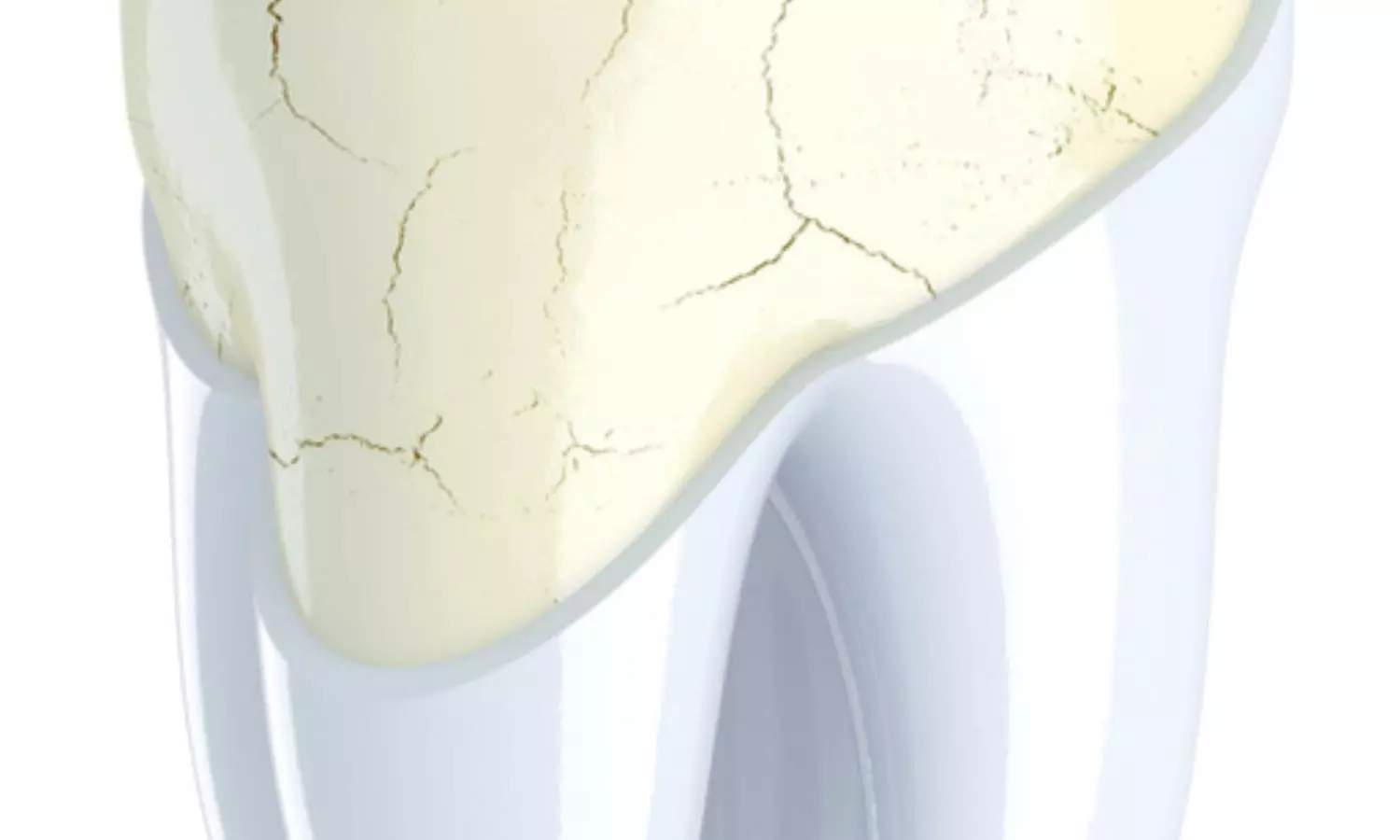Scientists Develop Bioengineered Platform to Grow Teeth in the Lab

UK: In a breakthrough that could reshape future dental care, researchers from King’s College London and Imperial College London have developed a novel method to grow tooth-like structures in the lab using specially designed hydrogels. This innovation brings science one step closer to enabling people to regrow their teeth rather than relying on traditional treatments like fillings or implants.
The research team used bioorthogonally cross-linked hydrogels—gelatin-based substances modified with chemical groups called tetrazine and norbornene—to create a 3D environment that mimics how teeth naturally form in the body. These hydrogels were carefully engineered to have varying stiffness and elasticity, helping to recreate the complex biological conditions needed for tooth development.
The findings were published online in ACS Macro Letters.
By embedding dental epithelial and mesenchymal cells into these hydrogels, the scientists were able to stimulate cell-to-cell communication, an essential process for tooth formation. This interaction allowed the cells to gradually develop into tooth-like structures, forming what are known as tooth organoids. This is the first time such hydrogels have been used in this context, marking a significant step in dental tissue engineering.
Dr. Xuechen Zhang from the Faculty of Dentistry, Oral & Craniofacial Sciences at King’s College London explained in a press release, “Unlike traditional fillings and implants, which are artificial and can degrade or cause issues over time, lab-grown teeth have the potential to integrate naturally and even repair themselves.”
She added that one of the key challenges previously was the failure of earlier materials to properly control how and when signals were sent between cells. “With this new hydrogel, we’re able to mimic the body’s own environment more closely by allowing signals to be released gradually. That’s what kickstarts the natural tooth development process.”
Although this research is still at an early stage, it opens the door to two possible clinical approaches in the future: either transplanting early-stage tooth cells directly into the jaw to let them grow inside the mouth or growing an entire tooth in the lab and implanting it later.
Dr. Ana Angelova Volponi, the study’s corresponding author, highlighted the broader impact of this work: “This is a promising step in regenerative medicine. Our goal is to move beyond artificial solutions and instead regenerate real, functioning teeth that behave just like the ones we’re born with.”
As this area of research continues to grow, it could offer a sustainable, long-term solution to tooth loss and reshape the future of oral healthcare.
In summary, the researchers embedded clusters of dental epithelial and mesenchymal cells into various hydrogel formulations and successfully identified a specific combination that supported healthy cell growth and the development of early tooth structures, paving the way for a customizable system to engineer and study tooth organoids.
Reference:
Zhang X, Contessi Negrini N, Correia R, Sharpe PT, Celiz AD, Angelova Volponi A. Generating Tooth Organoids Using Defined Bioorthogonally Cross-Linked Hydrogels. ACS Macro Lett. 2024 Dec 17;13(12):1620-1626. doi: 10.1021/acsmacrolett.4c00520. Epub 2024 Nov 12. PMID: 39532305; PMCID: PMC11656705.
